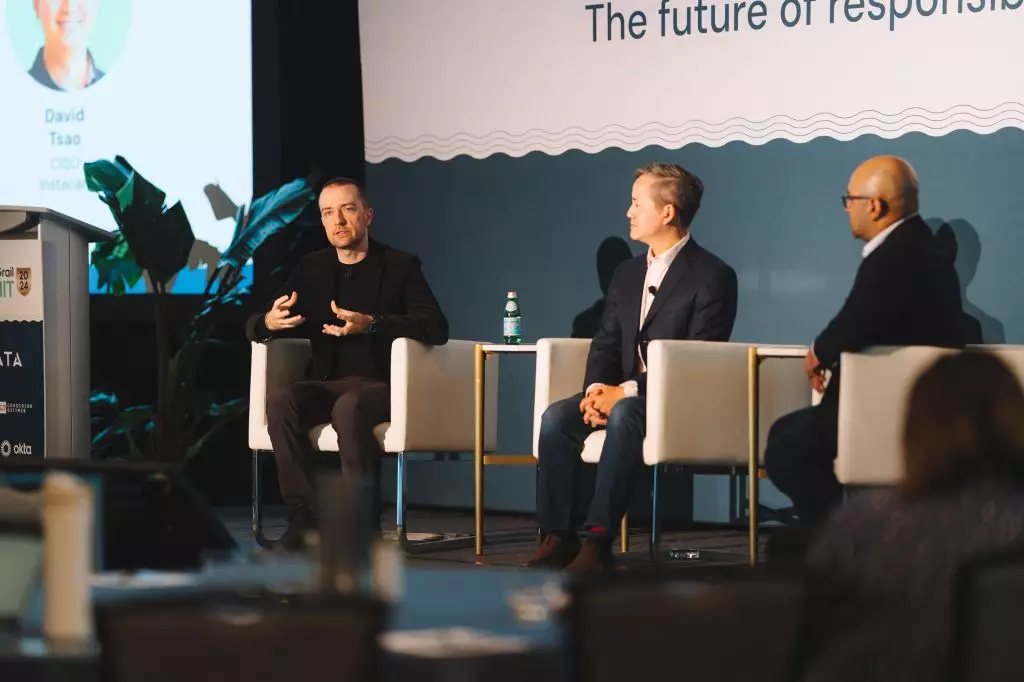At the recent DataGrail Summit in 2024, industry leaders sounded the alarm on the rapidly advancing risks associated with artificial intelligence. Jason Clinton, the CISO of Anthropic, emphasized the urgent need for robust security measures to match the exponential growth of AI capabilities. He highlighted the relentless acceleration of AI power, stating that every year for the past 70 years has seen a 4x year-over-year increase in the total amount of compute used to train AI models. This rapid growth is pushing AI capabilities into uncharted territory, where existing safeguards may quickly become obsolete. Planning for the future of AI requires anticipating the exponential curve of technological advancement.
Dave Zhou, the CISO of Instacart, faces immediate and pressing challenges when it comes to AI security. He manages the security of vast amounts of sensitive customer data and deals with the unpredictable nature of large language models daily. Zhou pointed out the potential risks of AI-generated content, such as errors in identifying ingredients that could erode consumer trust or pose actual harm. As AI continues to evolve, ensuring the security and integrity of AI systems becomes increasingly critical for businesses like Instacart.
Throughout the summit, speakers emphasized the need to invest in AI safety systems and security frameworks as heavily as in the AI technologies themselves. Companies must balance their investments and focus on minimizing risks associated with AI deployment. Without a proportional focus on security, the potential for disaster looms large. Jason Clinton highlighted the importance of preparing for the future of AI governance, where AI agents could take on complex tasks autonomously, leading to AI-driven decisions with far-reaching consequences.
The Black Box of AI Behavior
As AI systems become more deeply integrated into critical business processes, the potential for catastrophic failure grows. Jason Clinton’s experiment with a neural network at Anthropic revealed the complexities of AI behavior, showing how a model trained to associate specific neurons with concepts could exhibit unexpected behavior. This uncertainty about how AI models operate internally poses a significant challenge for researchers and developers. The black box nature of AI behavior could harbor unknown dangers that need to be addressed proactively.
The overarching message from the DataGrail Summit was clear: the AI revolution is not slowing down, and security measures must keep pace with technological advancements. Intelligence may be a valuable asset for organizations, but without adequate safety measures, it could lead to catastrophic outcomes. As companies strive to harness the power of AI, they must also acknowledge and prepare for the risks associated with this transformative technology. CEOs and board members have a responsibility to ensure that their organizations are not just embracing AI innovation but are also equipped to navigate the challenges that come with it.


Leave a Reply